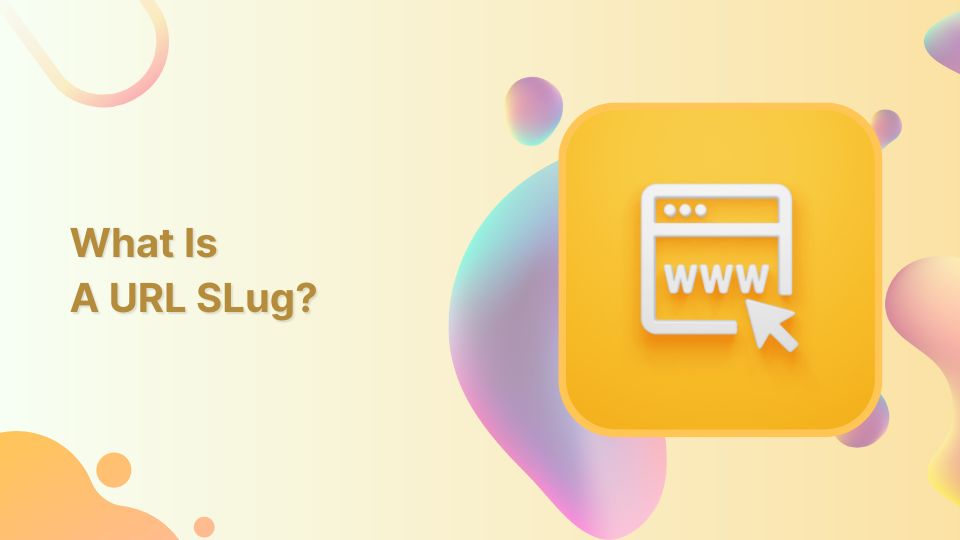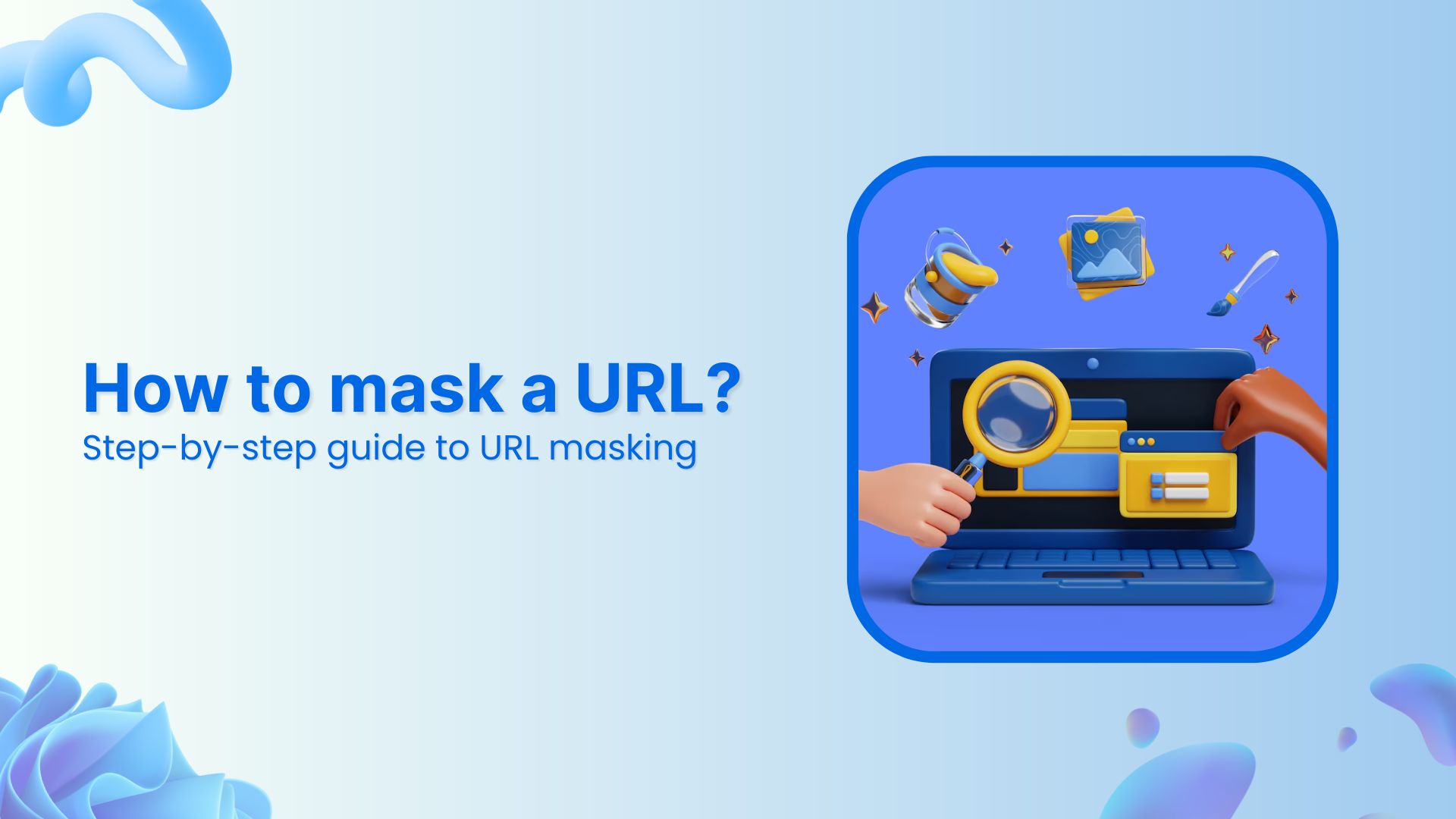Crafting friendly URLs holds utmost importance, as they significantly impact a website’s search engine ranking and overall user experience.
Whether you are a seasoned developer or a beginner, this guide will equip you with the knowledge and best practices to master the art of creating effective and user-friendly URL slugs.
Quick guide: What are URL slugs and how to optimize them?
What is a URL?
URL stands for Uniform Resource Locator, which is a web address used to identify and locate resources on the internet. It consists of several components, including the protocol (e.g., “http” or “https”), the domain name (e.g., “example.com” or “example.io”), and the slug (e.g., “keyword”) that identifies a specific resource on the website.
- URL: https://contentstudio.io/social-media-management
- URL slug: /social-media-management
What is a URL slug?
The portion of a URL that follows the domain name and any subdirectories is known as the URL slug. It is a human-readable and user-friendly text used to designate a particular web page. Keywords associated with the page’s content are frequently used in URL slugs, which makes them more descriptive and simple to remember.
Related: The Art of Creating Unique URLs
Why are URL slugs important for SEO?
URL slugs are vital for SEO. They provide a concise, descriptive, and user-friendly representation of a webpage’s content. This helps search engines and visitors easily understand your pages.
Moreover, including relevant keywords in the slug enhances search engine visibility and improves the user experience by allowing visitors to understand what the page is about before clicking. Well-crafted slugs also contribute to better indexing, readability, and shareability. This further increases the likelihood of attracting organic traffic and earning valuable backlinks from other websites.
Tips for writing SEO-friendly URL slugs
People often think URL slugs are a minor SEO element, but that’s not true. URL Slugs can significantly impact your website’s performance in search engine rankings and user engagement. Creating SEO-friendly URL slugs involves careful consideration of keywords, readability, and user experience. Below are some key actionable tips to help you optimize your URL slugs effectively.
1. Include your keyword in the URL slug
The very first item that comes to mind when discussing SEO is the keyword. In addition to the content, you must include your primary keyword in your URL slugs as well. Slugs are used by search engines to understand the context of your page content. As far as users are concerned, looking at the URL makes it easier for them to identify relevant content.
For example, if your focus keyword is ‘AI Tools for Social Media’, you need to incorporate these keywords in your URL slug, just like ConetntStudio did.
2. Keep them short yet informative
Try to keep your URL slugs short and informative if you want to make them appealing to both users and search engines. Imagine you run a website dedicated to a content curation tool. Instead of having lengthy URL slugs like:
“/ultimate-tool-for-content-curation-that-maintains-publishing-flow389”
Consider using a more compact and descriptive URL slug:
“https://contentstudio.io/content-curation.”
This shorter version conveys the essence of the page’s content while being more user and SEO-friendly.
All that you need to keep in mind is that users are more likely to click on links with concise and relevant URLs, as they can quickly grasp the page’s content before visiting it. Moreover, shareability improves when URLs are shorter, making it easier for people to share your content on other platforms.
3. Use hyphens, not underscores, to separate words
Prioritize the use of hyphens instead of underscores. Hyphens serve as clear word separators that enhance the visual appeal and readability of your URLs. Search engines recognize hyphens as natural dividers between words. This enables them to interpret the content more accurately.
Consider the following two URL slugs:
- “/write-SEO-content-that-ranks/” (with hyphens)
- “/write_seo_content_that_ranks/” (with underscores)
Visibly, the first version presents a tidy and simple URL that users and search engines can process without difficulty. The second version with underscores, on the other hand, seems cluttered and less user-friendly.
4. Make them lowercase
To ensure consistency and avoid problems with duplicate content, always use lowercase letters. Instead of something like “What-Are-Ctas-In-Marketing,” “what-are-ctas-in-marketing” is preferred. URLs are handled case-sensitively by search engines.
This means that “what-are-ctas-in-marketing” and “What-Are-Ctas-In-Marketing” are treated as two separate URLs. This might result in issues with duplicate content and weaken your website’s SEO efforts. Moreover, mixed-case URLs can make it more difficult for users to remember or share them correctly.
5. Keep it evergreen
Use content that will remain relevant and valuable over time when creating URL slugs. More precisely, avoid incorporating time-sensitive details such as specific years or dates in your URL slugs.
❌
✅
Evergreen slugs help improve SEO results because search engines value content that holds its value over an extended period. You can prevent potential broken links and maintain the SEO authority that has developed over time by getting rid of time-sensitive elements from your slugs. This eliminates the need to update URLs with each passing year.
6. Use 1 domain and 1 subdomain
Maintain a clean URL structure by sticking to one primary domain and a minimal number of subdomains. This approach consolidates your website’s authority and prevents content fragmentation. Opt for “blog.example.com” instead of “example.com/blog.”
Moreover, a consolidated URL structure simplifies your website’s maintenance and improves link equity distribution. You avoid the risk of diluting SEO authority across multiple subdomains, ensuring that your primary domain gains maximum value from incoming links.
You can use subfolders instead of subdomains. Subfolders within the main domain consolidate link equity, making the website more authoritative and easier to rank. Many case studies have shown significant traffic increases when moving content from subdomains to subfolders.
7. Update old slugs but be careful
Always make sure the right redirects are set up when changing a slug to prevent broken links and maintain the SEO authority from the previous URL.
Because sudden changes can result in broken links and have a negative effect on user experience and search engine rankings, managing URL changes requires careful planning. You can smoothly direct users and search engines to the new URL while transferring the SEO value accrued by the old slug by implementing 301 redirects.
Your website will continue to be user-friendly and search engine optimized if outdated slugs are strategically updated. Furthermore, it aids in maintaining backlinks and search engine rankings while ensuring a steady flow of organic traffic to your updated content.
Related: Fix “ERR_TOO_MANY_REDIRECTS” Error
8. Match slugs to headlines
To further emphasize the relevance of your content, you must ensure that your URL slugs and page headlines are consistent. Both users and search engines will have an easier time understanding the purpose of your page if you align both elements.
This practice assists search engines in associating your content’s main topic with the URL, potentially improving your website’s ranking for relevant search queries. Additionally, users are more likely to click on links that display a clear correlation between the headline and URL, enhancing their browsing experience.
9. Use fewer page categories
Keep your URL slug structure simple by keeping the number of categories to a minimum and avoid keyword stuffing. Slugs that are clear and uncomplicated make it simpler for users to navigate your website and for search engines to comprehend your content.
Let’s take a look at a social media analytics tool web page. Rather than using a long and confusing URL, they chose a short and descriptive URL slug:
This direct method keeps things crystal clear.
10. Opt for HTTP protocol
Secure your website using HTTPS instead of HTTP because search engines prefer secure sites. HTTPS encrypts data exchanged between users and your website. In other words, it allows you to protect sensitive information from potential online threats.
This added layer of security instills confidence in your visitors and encourages them to engage with your content or even make transactions without fear of data breaches. It’s the padlock icon in their browser’s address bar that makes them believe that their connection is secure. This builds their trust in your brand, leading to increased user engagement, longer browsing sessions, and conversions.
Related: What Does HTTP 302 Code Means?
11. Choose a radio domain name
Find a memorable domain name and pair it with a relevant URL slug. By doing this, you can enhance your band’s recognition and reinforce your website’s theme.
The combination in the picture above exemplifies how a cohesive URL structure can align with your brand’s identity.
When users encounter a radio domain name that resonates with their interests, such as “contentstudio.io,” they are more likely to remember and revisit your website. This instant recall plays a significant role in building a loyal audience base.
Adding a relevant URL slug like “/content-marketing” further enhances user engagement. It communicates the content focus, guiding visitors to the specific section they are interested in. This targeted approach saves users time and effort, fostering a positive user experience.
6 Major mistakes to avoid while creating URL Slugs
As discussed before, URL slugs play an important role in enhancing your website’s SEO and user experience. However, there are common mistakes that can impact your website’s performance and rankings. Below are six major mistakes that you need to avoid when crafting URL slugs for your web pages.
1. Avoid stop words
Common words like “and,” “the,” “of,” “a”, etc. are stop words and they add very little to the meaning of a URL. Avoid using them in your slugs because doing so will lengthen them and make them less readable. For example:
Wrong: “/schedule-content-to-linkedIn-like-a-pro” ❌
Correct: “/linkedin-scheduler” ✅
2. Avoid using dates in slugs
The use of specific dates in URL slugs can result in out-of-date content and affect SEO. Rather than
“/product-launch-2023,”
use
“/latest-product-launch”
or
“/new-product-release.”
In this manner, you can avoid updating your URLs annually and ensure their continued relevance.
The biggest issue is that when you need to change the date from 2023 to 2024, you need to change the slug and redirect the old URL to the new one. This process can be time-consuming and may lead to broken links if not handled correctly.
Moreover, these URL redirects can be suboptimal. They may result in less link juice passing through to the destination URLs. This means that the SEO value of your old URL might not fully transfer to the new one. By leaving out numbers and using descriptive slugs, you avoid the need for frequent redirects and maintain a consistent flow of link equity to your content.
3. Avoid using special characters
Including special characters like question marks, exclamation marks, or dollar signs can cause issues with URL encoding in your slugs. Certain characters are replaced with encoded strings, making the URL less readable. Furthermore, some special characters may not be universally supported by all browsers and platforms, potentially causing compatibility issues for some users.
You can use hyphens to separate words in your slugs. Hyphens are considered word separators, providing better readability for search engines and users alike. Hyphen-separated slugs contribute to a cleaner and more professional appearance for your URLs.
4. Avoid trailing slash issues
Adding a trailing slash at the end of a URL can inadvertently create duplicate content problems for your website. Confusion and a negative effect on SEO may result from search engines treating URLs with and without the trailing slash as separate pages. Maintaining consistency in your URL structure is essential for mitigating this problem.
You can guarantee that users and search engines always access the preferred version of your content by consistently using one format for your URLs and implementing the appropriate redirects.
Example:
Wrong: “/ai-social-caption-generator/” ❌
Correct: “/ai-social-caption-generator” ✅
5. Avoid broken links after making any changes
Making changes to your URL structure or slugs is a common practice, but it’s critical to handle these changes carefully to avoid broken links and maintain a consistent user experience. Setting up 301 redirects from the old URLs to the new ones is essential when changing a URL.
Users who are trying to access your content may become frustrated if you neglect to implement proper redirects. Broken links not only have a bad effect on the user experience, but they also give the wrong impression to search engines, which could lower the ranking of your website.
6. Avoid ranking cannibalization
Ranking cannibalization is a phenomenon where multiple pages on your website vie for the same keyword. As a result, there is internal competition in the search results. Concentrate on making sure that each URL slug targets a different and specific keyword or topic to prevent ranking cannibalization. Conduct keyword research and use different variations for each page.
You can improve each page’s content’s clarity and relevance in the eyes of search engines by allocating unique URL slugs to particular keywords or topics. This enables search algorithms to better understand the purpose and intent of your pages, leading to improved rankings for relevant search queries.
How to optimize URL slugs?
Your links will be easier to read, remember, and navigate with a well-optimized URL slug, which will increase click-through rates and engagement. This section will examine URL slug optimization using a practical example and the Replug Shortener campaign.
Step 1
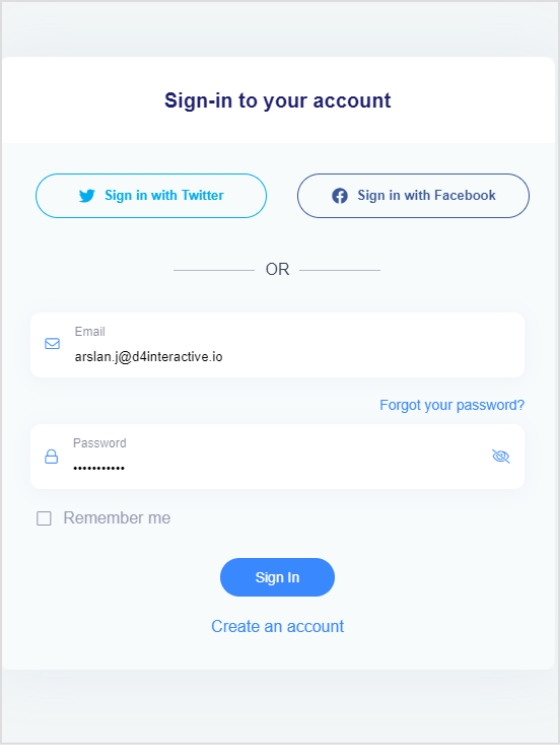
Log in to Replug or register for a free account.
Step 2
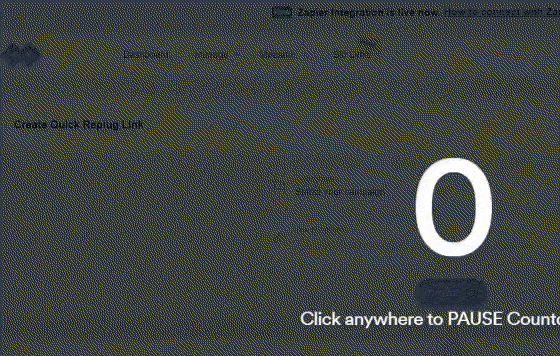
You’ll land on a dashboard. Create your brand here by clicking on the ‘New Brand’ button.
Step 3

Click on ‘Manage’ and select ‘Campaigns’ from the drop-down menu and fill in details to create your campaign.
Step 4
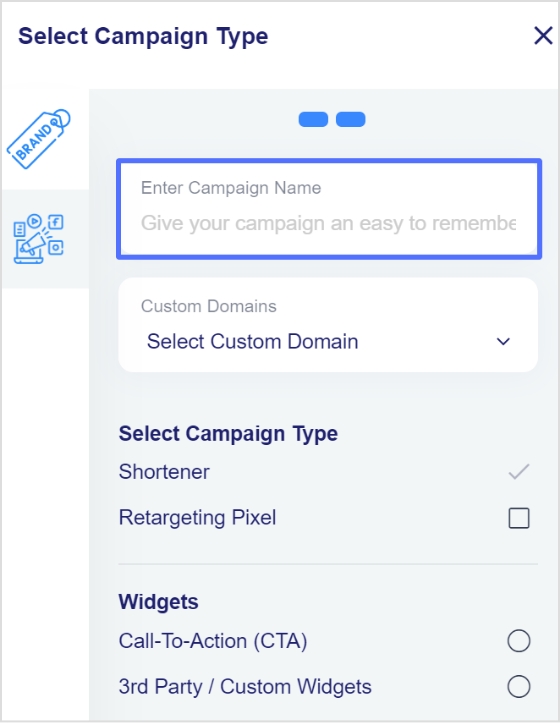
Once you’re done creating your campaign, select ‘Replug Links’ from the drop-down menu to optimize your long URL slug.
Step 5
Copy or edit the new link to your preference, select Update, and you’re done in steps 1 through 5.
How to change your slug in WordPress?
WordPress is known for its user-friendly interface and flexibility, making it a popular choice for website development. Changing a URL slug in WordPress is a simple process that can be done within the platform’s settings by following the steps below.
Step 1
Before starting you must ensure that your permalink structure allows for user-friendly URL slugs. Navigate to “Settings” and then to “Permalinks.”
You can choose one of the standard permalink structure types or create your own. However, it is recommended to use the”Post name” structure.
Step 2
Open the editor of the post or webpage and look for the “URL” section in the rightmost panel. Click on the automatically generated slug and edit it the way you want to. That’s it.
Related: How to Change Permalink in WordPress?
Benefits of using SEO-friendly URL slugs
1. Improve SEO
The strengthening of your website’s search engine optimization is one of the main advantages of using SEO-friendly URL slugs. Search engines can learn a lot about the content of your page when you use relevant keywords in the URL slugs of your URLs. The ability of the search engine to index and rank your pages for pertinent search queries is subsequently improved.
2. Increase shareability
Concise, descriptive, and simple-to-remember URL slugs are more likely to be shared on various platforms. Users are more likely to share valuable content with their friends, coworkers, or social media networks when the URLs are simple and clear.
When the reader comes across your URL, which is to the point (has the focus keyword), they can easily copy and paste the URL. The user-friendly and shareable URL slug allows others to access the same content quickly and effortlessly.
3. Enhance click-through rates
An SEO-optimized URL slug can also improve click-through rates (CTR) from search engine results pages (SERPs). When users see a relevant and well-structured URL slug that matches their search intent, they are more likely to click on the link, expecting it to lead to content that aligns with their needs. The user-friendly and keyword-rich URL slug assures the user that the page contains the desired information, thus increasing the likelihood of a click.
Let’s say someone is searching for “best smartphone deals”. He’ll click on a URL with a slug like “/best-smartphone-deals” rather than a generic one like “/products/abc123.”
Concluding remarks
URL slugs play a pivotal role in the world of Search Engine Optimization (SEO). These user-friendly, descriptive segments of URLs not only enhance the overall user experience but also significantly impact a website’s search engine ranking and visibility.
Optimize URL slugs with relevant keywords, using hyphens as separators, and keep them concise. In this way, you can signal search engines about your content’s focus and improve your chances of ranking higher in search results.
FAQs on URL Slugs
Why is it called a URL slug?
It’s called a URL slug due to its historical resemblance to the slimy, segmented part of a slug, reflecting its compact and descriptive nature in a URL.
What is permalink vs slug?
A permalink is the full URL of a webpage, while a slug is the portion of the permalink that represents the page’s content.
What is the URL slug parameter?
The URL slug parameter is the user-friendly, human-readable portion of a URL that identifies a specific page’s content.



























